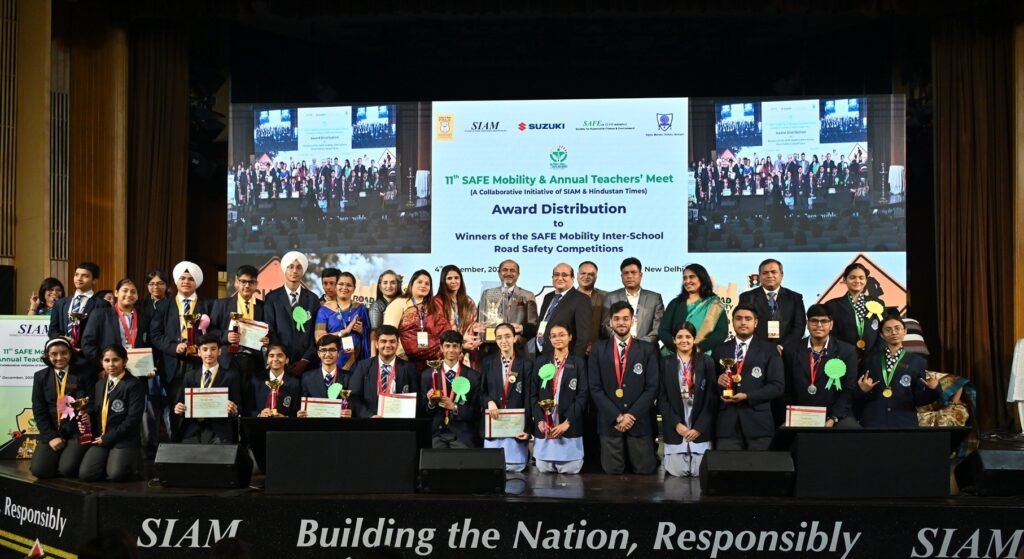The representation of female students in higher education in India marks its all time high at 2.07 crore in 2021-22, AISHE report.
The representation of female students in higher education in India marks its all time high at 2.07 crore in 2021-22, and in fact, females constitute 48% of the total overall enrollment, according to the latest All India Survey on Higher Education (AISHE) report released on Thursday.
The survey conducted by the Union education ministry covers higher educational institutions across the country, collecting detailed information on multiple parameters such as student enrolment, teachers’ data, infrastructural and financial information, among others.
According to the report, there has been a steady increasing trend in female enrolment over years. “The female enrolment has been increased to 2.07 crore in 2021-22 from 2.01 crore in 2020-21 and 1.74 crore in 2017-18, i.e. 18.7% increase in enrolment during 5 years. Since 2014-15, the female enrolment has increased by around 50 lakh. In 2014-15, the female enrolment was 1,57,23,018,” the report stated.
The share of female enrolment is 55% of the increase in overall enrolment (91 lakh), since 2014-15. It means, there has been a higher increase in female enrolment as compared to male, according to the report.
University Grants Commission (UGC) chairperson M Jagadesh Kumar said this signifies a paradigm shift in access to higher education for female students. “It shows that the Indian education system aims to empower women to create their own paths in their career journey. Initiatives like targeted scholarships, girls’ hostels, and flexible learning options have undoubtedly played a crucial role in promoting this environment of inclusivity,” he said.
At undergraduate level, Arts discipline has 1.13 crore students, out of which 51% are female and 49% are male. In Science discipline, which has 49.18 lakh students enrolled, of which 50.8% are female and 49.2% are male. There are 44.08 lakh students enrolled in Commerce discipline, of which 47.2% are female and 52.8% are male students.
Sonal Kapoor, founder director, Protsahan India Foundation, a non-governmental organization (NGO), said, “It’s encouraging to witness more young women embracing STEM disciplines in higher education, signaling a trend towards gender inclusivity in traditionally male-dominated fields. However, the true measure of progress lies not only in enrollment numbers but also in the translation of these educational achievements into meaningful career opportunities and economic independence for young women.”
Female participation remained higher in various undergraduate programmes including Bachelor of Arts (female to male ratio: 113), Bachelor of Science (female to male ratio: 108), B.A.(Hons)-Bachelor of Arts (Honors) (female to male ratio: 124), and B.Ed.-Bachelor of Education (female to male ratio: 176). In medical science courses, there were 17.05 lakh students enrolled with 57.6% females and 42.4% male students.
At postgraduate level, female participation is very high for programs including M.A.- Master of Arts (female per 100 male: 170), M.Sc.-Master of Science (female per 100 male: 157), M.Com.- Master of Commerce (female per 100 male: 174), Master of Education (female per 100 male: 202).
These are also the programs where there are maximum enrolments at the postgraduate level.
At Ph.D level, female enrollment comprises 47% of the total 2.12 lakh students. In fact, female enrollment has doubled in case of PhD from 47,717 in 2014-15 to 98,636 in 2021-22, the report stated.
However, the representation of females continues to remain poor in engineering and technical courses at 29.1% against 70.9% male students.



